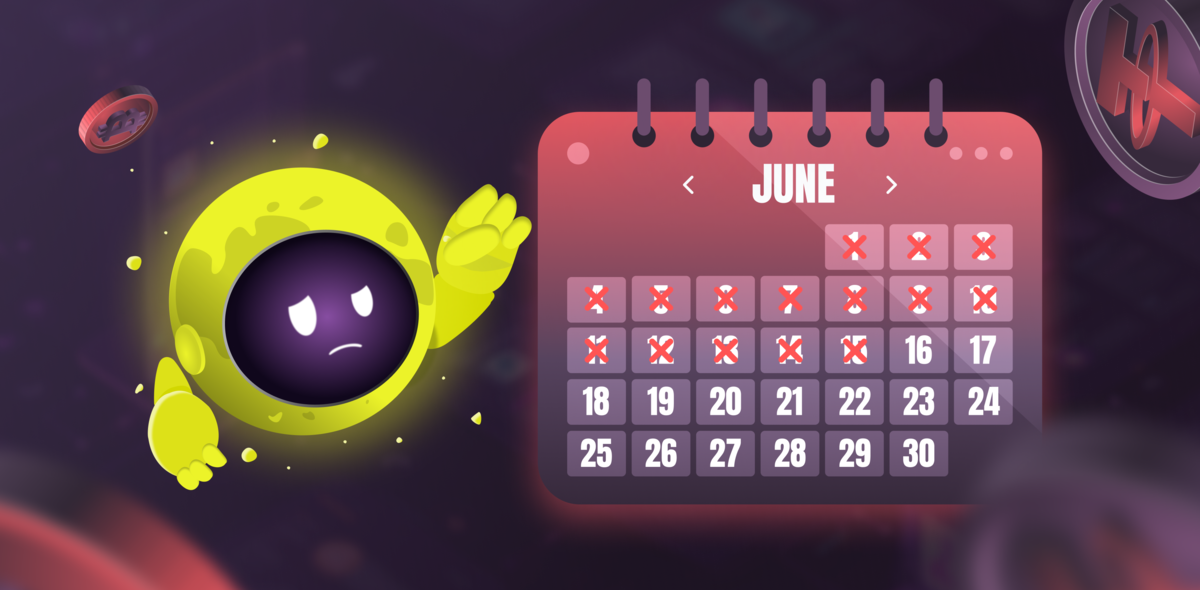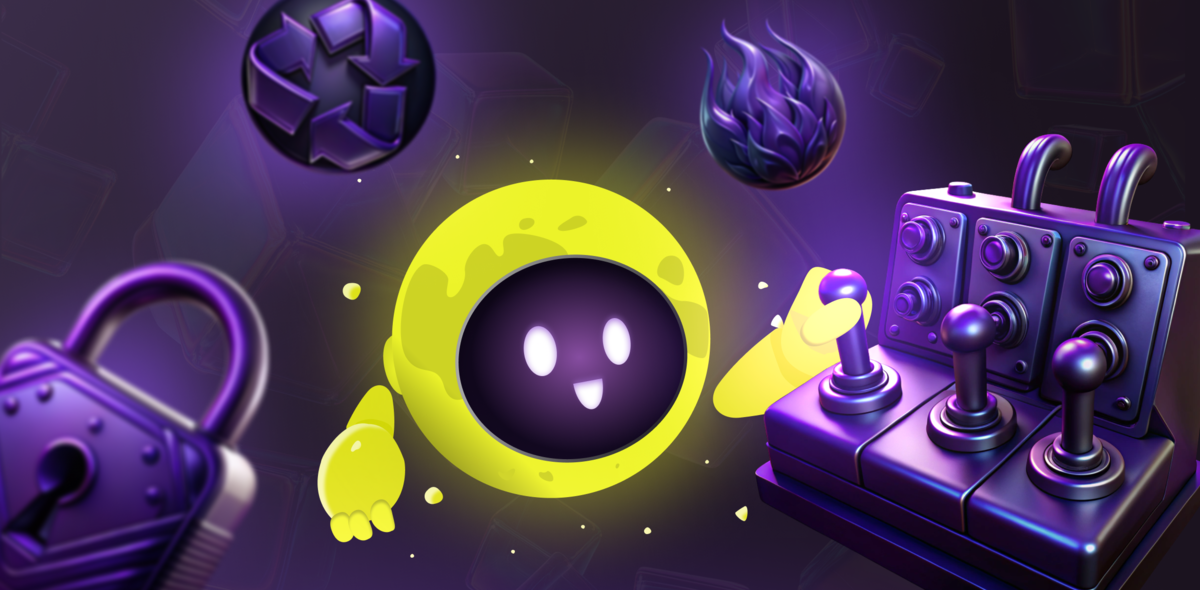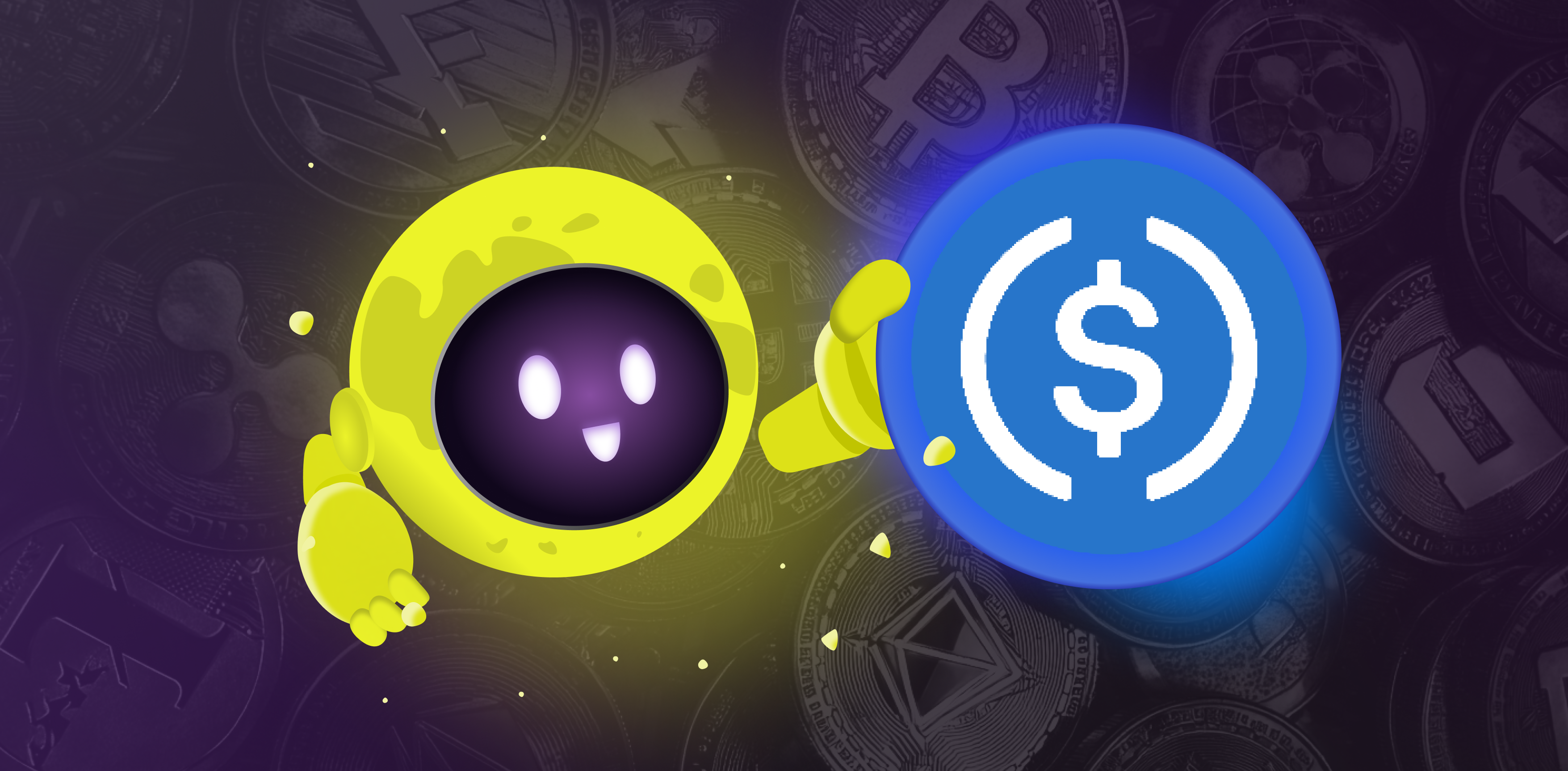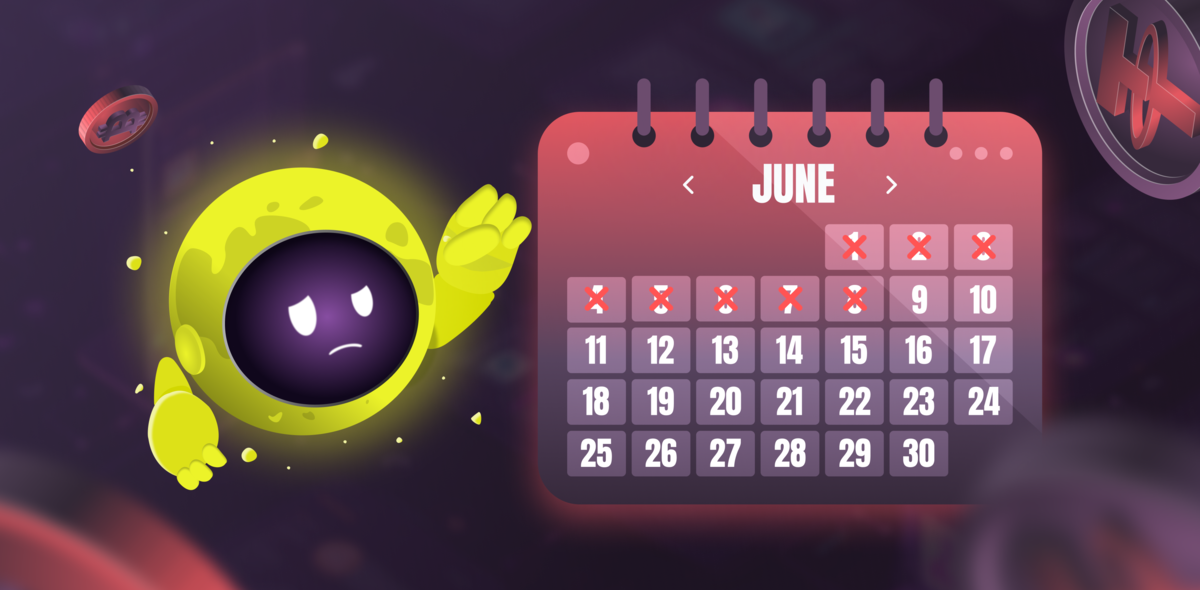
Blockchain technology was created over a decade ago in a search for a way of reaching consensus without having to deal with any central organs. The creator of Bitcoin thought of several rules and regulatory means within the original Bitcoin protocol, that could not be changed without the approval of at least 51% of the network. These changes, however, no matter the percentage of the network that agrees, are called forks. They come in different forms, and history has shown that they can be pretty brutal. In this article, we’ll have a look at what these forks are, what happens when they occur, and find out more about an example to show how serious these forks can get.
What’s the difference between a hard and a soft fork?
Over the years we have seen many disputes happening over the course of the development of several blockchains. A large part of the network wants scenario A, and the other part keeps supporting scenario B, no consensus can be reached without losing one part of the network. There are several situations that come in the form of forks, and there are three different kinds of forks:
- Temporary fork
A so-called temporary fork occurs when two miners attempt to mine the same block at the same time. This is solved by the proof-of-work mechanism.
- Soft fork
A soft fork is a backward compatible method of upgrading a blockchain. The newly integrated software can be added without requiring changes to the old data. All participants in the network can continue verifying blocks without having to do any upgrades.
- Hard fork
Hardfork happens when a new set of consensus rules is introduced into the network that is not compatible with the older network. This means, all the miners in the network are supposed to upgrade in order to continue verifying blocks on the network. After reading this, you might understand where the issues arise. With any minor change, there are people who will disagree with the undergoing changes. In the blockchain world, this has happened multiple times. As there are hundreds of different blockchains these days, there are thousands of hard forks that have happened over time. The coin that we now know as Litecoin was once hard forked from the original Bitcoin protocol. Verge is a hard fork that originates from the Dogecoin project, this list goes on and on. Starting your own currency is the easiest when you can simply copy a huge part of another project.
Bitcoin Cash Hard Fork
In the previously mentioned examples, this all went the way it’s supposed to go, but that’s not always the case. In 2017, the discussions about the future of the Bitcoin protocol started reaching new levels. The discussion was surrounding the implementation of Segwit, a new technology that included an increase in block size. The bigger block size would favor those who mean the network could handle more transactions per second, but it would make it more difficult to mine. Eventually, a group of Bitcoin active investors, entrepreneurs, developers, and largely China-based miners took efforts in their own hands. After a series of debates, this group came together and created their own coin, Bitcoin Cash. In order to create awareness and adoption throughout, anyone that owned 1 Bitcoin, received 1 Bitcoin Cash. This came as a gift to many, giving many people hundreds of dollars of ‘free’ cash. Now, years later, the two men behind the Bitcoin Cash fork, Roger Ver and Craig Wright, got into a dispute about the future of Bitcoin Cash. Their arguments then led to Bitcoin ABC and Bitcoin SV hard fork. As an investor, you can benefit from these hard forks if you are aware of their occurrence. When acting at the right moment, simply holding the required tokens can bring you loads of free tokens of the newly created project. So, keep your eye out for any hard forks happening!




